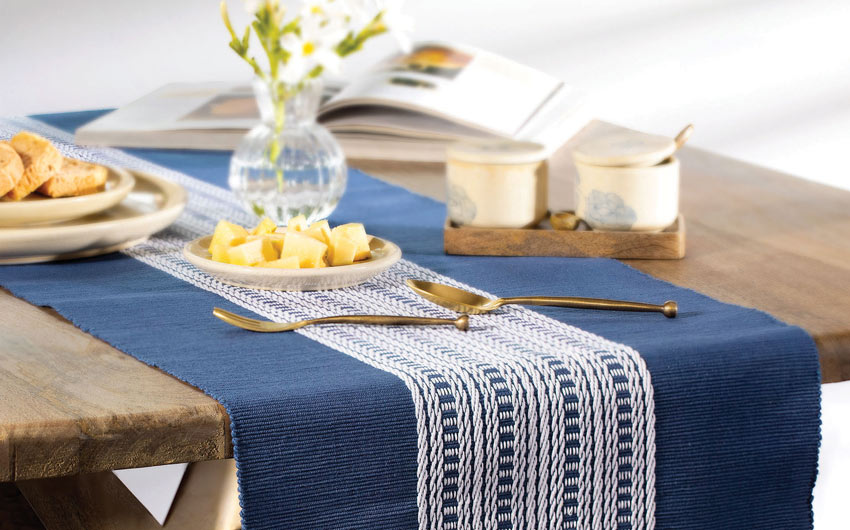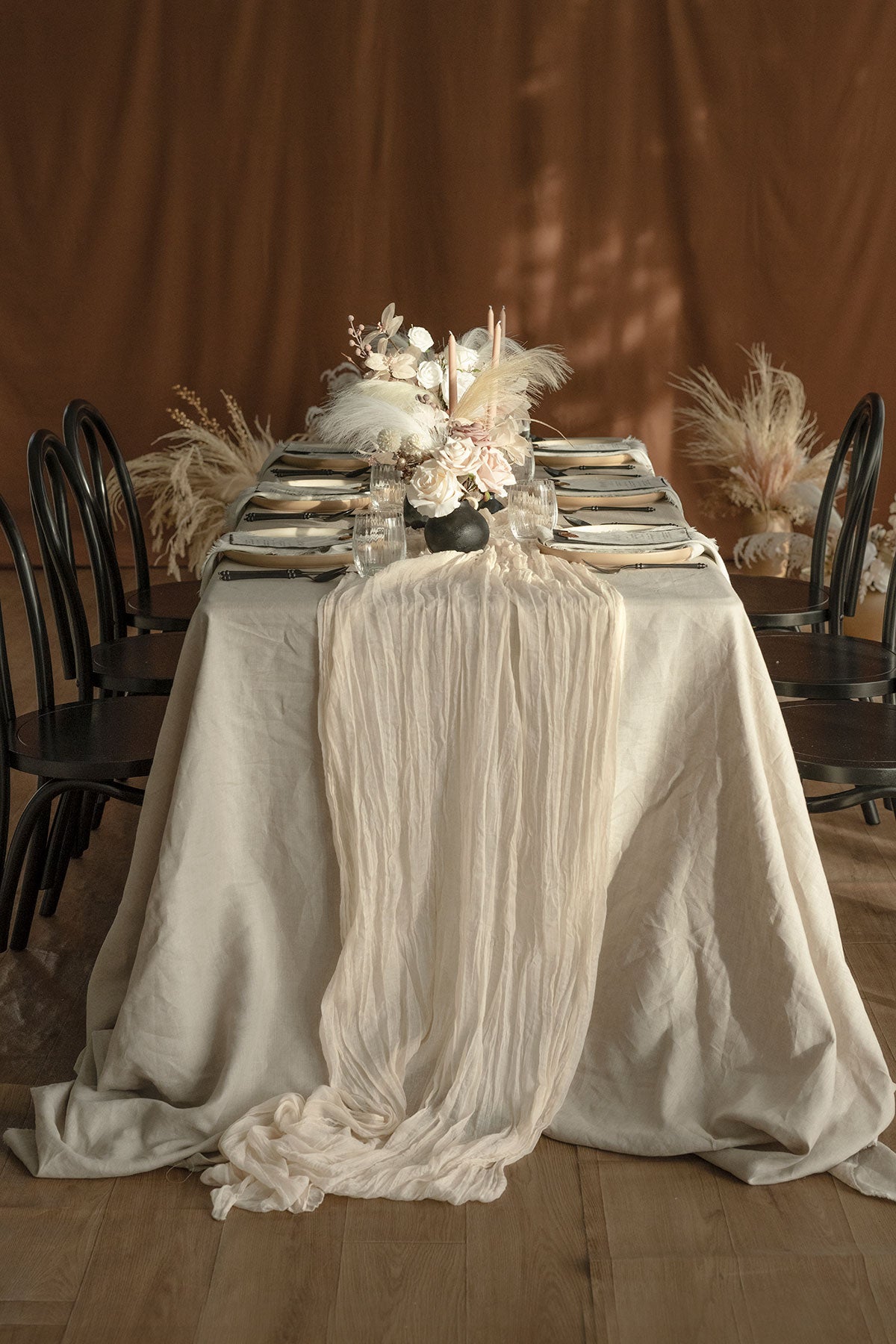Bed Linen Material Developments: Exploring Modern Trends and Creative Applications in Layout and Textile Market
From lasting production approaches to innovative weaving modern technologies, the advancement of linen is improving the landscape of the fabric industry. As we dive right into the worlds of innovative design applications and the emergence of bed linen blends and hybrid materials, a new phase unravels in which linen's duty in future fabric advancements takes center stage.
Lasting Practices in Linen Production
Lasting techniques in linen manufacturing have become progressively essential in the textile sector's initiatives to reduce ecological effect and promote moral sourcing methods. Linen, a natural fiber stemmed from the flax plant, offers a variety of benefits such as sturdiness, breathability, and biodegradability. Nonetheless, traditional methods of bed linen production can involve considerable water usage, pesticide use, and energy-intensive procedures.
To address these difficulties, several fabric manufacturers are taking on sustainable methods throughout the bed linen manufacturing process. This consists of sourcing flax from organic farms that stay clear of hazardous pesticides and chemicals, applying water-efficient retting methods to extract fibers from the flax stalks, and utilizing eco-friendly dyes and surfaces. Furthermore, some firms are buying renewable resource sources to power their manufacturing facilities and lowering waste with recycling and upcycling efforts.
Technical Advancements in Linen Weaving
With the expanding focus on sustainable methods in linen production, the textile market is now observing a rise in technical developments specifically focused on transforming the art of bed linen weaving. These developments are reshaping the way bed linen textiles are produced, supplying raised efficiency, high quality, and imagination in weaving strategies.
Among the key technological improvements in bed linen weaving is the assimilation of computerized looms. These sophisticated looms are furnished with software that enables complex and complex styles to be woven with precision. By digitizing the weaving procedure, makers can accomplish greater uniformity and precision in their bed linen materials.
Furthermore, improvements in yarn spinning technology have made it possible for the manufacturing of finer and even more resilient bed linen yarns - table cloths. This causes softer and smoother linen materials that keep their quality even after numerous uses and laundries
In addition, the growth of green dyeing processes and surfaces for bed linen fabrics is acquiring traction. These sustainable methods not only decrease the ecological impact but also satisfy the boosting consumer need for fairly created textiles.
Creative Design Applications for Linen
Cutting-edge creative techniques are progressively shaping the innovative layout applications for bed linen in the fabric market. Developers are pressing the limits of conventional bed linen usage, exploring its flexibility in various applications. One prominent trend is the combination of bed linen in lasting style lines, where its environment-friendly properties are highlighted. Bed linen's natural aesthetic allure and capacity to blend with other fabrics make it a favored choice for creating distinct garments and devices that provide to the ecologically conscious customer.
Additionally, designers are trying out linen in home design, using its breathable and long lasting nature to craft fashionable home furnishings such as drapes, bed linen, and furniture. The structure and drape of bed linen bring a feeling of refinement and comfort to indoor spaces, adding a touch of elegance to modern homes.

Linen Blends and Hybrid Fabrics
:max_bytes(150000):strip_icc()/smooth-linen-tableware-sky-24_2000x-e91a79aab4354001b5445ec12d511141.jpg)
Hybrid fabrics, on the various other hand, take the concept of blending an action better by incorporating additional components such as metallic strings, recycled materials, or conductive fibers. These cutting-edge fabrics not only expand the design possibilities yet also introduce functional facets like conductivity, antimicrobial properties, or boosted toughness. Crossbreed textiles are increasingly being made use of in different sectors, including style, interior decoration, and technological fabrics, where the need for multifunctional materials is on the increase.
Bed linen's Role in Future Textile Innovations

In the world of future fabric innovations, bed linen is expected to be a crucial player in the growth of sophisticated functional textiles. Scientists and developers are exploring ways to boost bed linen's intrinsic high qualities through technical developments, such as including clever textiles, nanotechnology, and performance coatings. These technologies aim to boost bed linen's efficiency characteristics, making it appropriate for a more comprehensive range of applications, from activewear to protective clothes.
Furthermore, the combination of linen with other natural or artificial fibers opens up countless possibilities for creating novel textiles with unique homes and performances. By leveraging linen's qualities and discovering cutting-edge blends, the fabric sector is poised to introduce exciting developments that accommodate developing consumer needs and sustainability requirements.
Verdict
Finally, the expedition of lasting techniques, technical advancements, creative style applications, bed linen flat sheet blends, and its duty in future textile developments highlight the constant evolution of linen textile in the modern layout and fabric sector. With an emphasis on advancement and creativity, the adaptability and eco-friendly nature of linen make it a beneficial material for producers and developers alike, leading the way for more advancements and innovations in the field of textiles.
As we dive into the realms of innovative style applications and the introduction of linen blends and crossbreed fabrics, a new chapter unravels in which linen's function in future fabric developments takes center stage.
Exploring the fusion of bed linen with various other textiles has actually led to the emergence of ingenious blends and hybrid textiles in the modern fabric industry. Bed linen blends use an one-of-a-kind mix of the features of bed linen with those of various other fibers, resulting in materials that possess boosted buildings such as enhanced toughness, boosted draping, and reduced wrinkling.The advancement of linen blends and crossbreed fabrics has actually set the stage for Bed linen to play an essential role in driving future textile advancements.In the world of future fabric innovations, bed linen is anticipated to be a crucial gamer in the development of innovative practical fabrics.